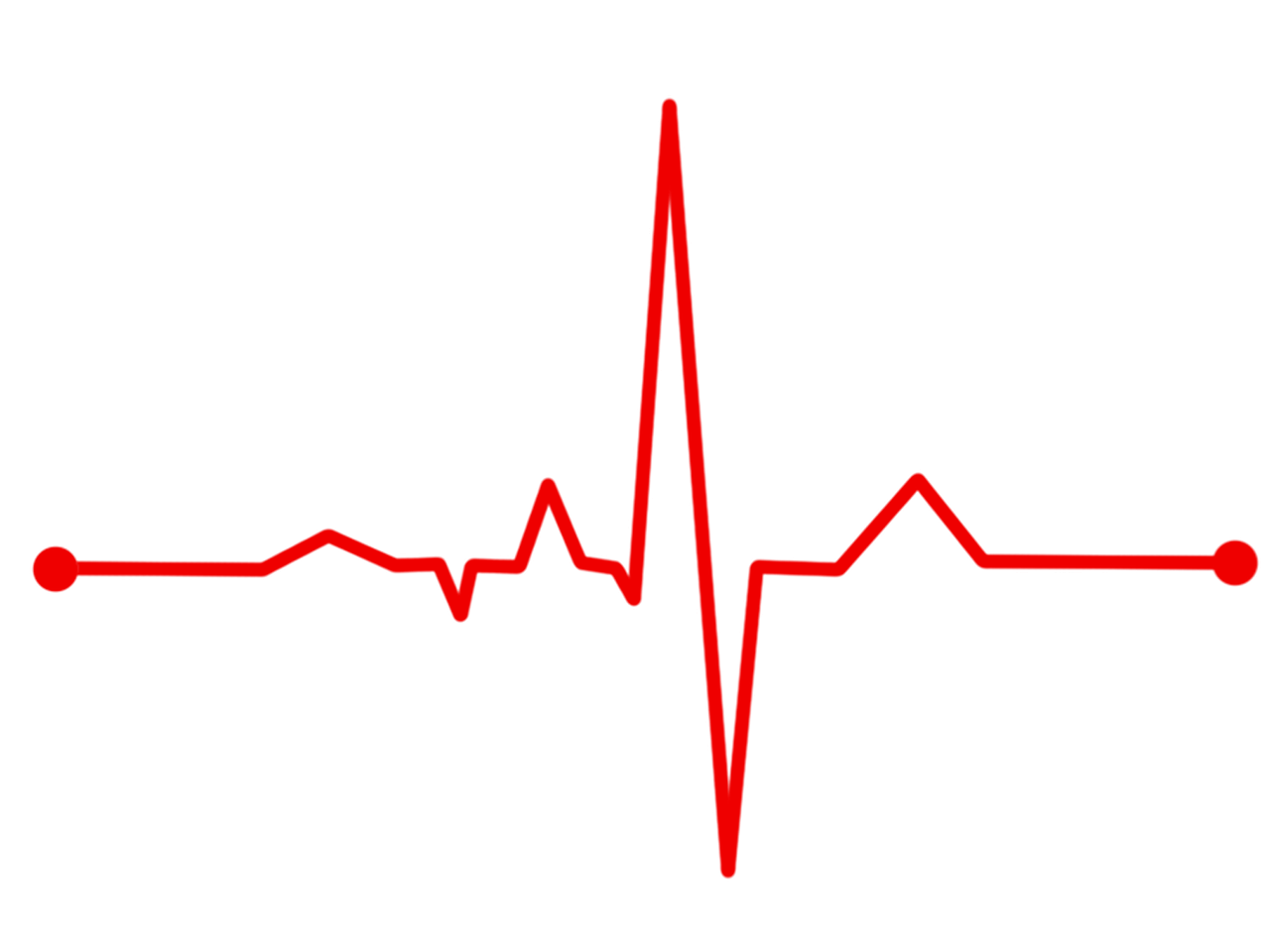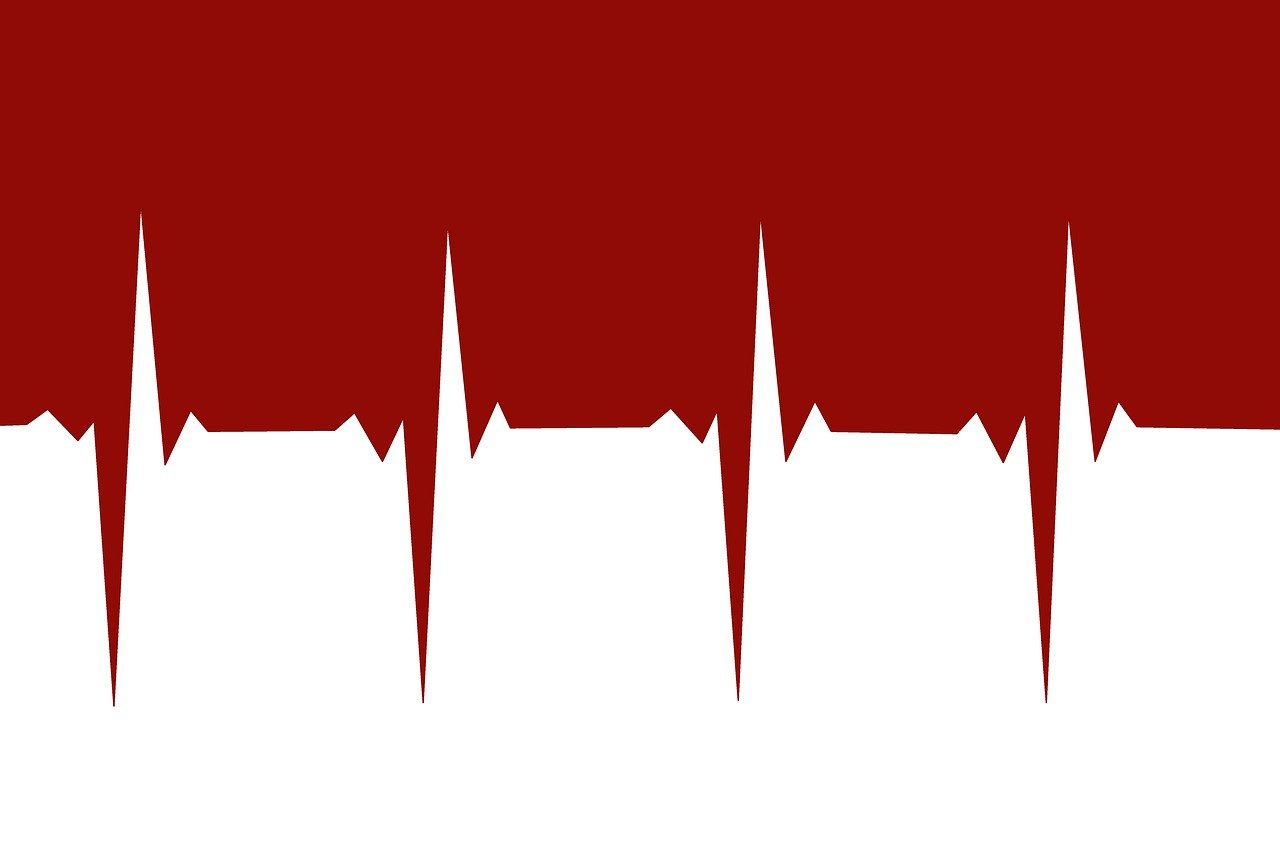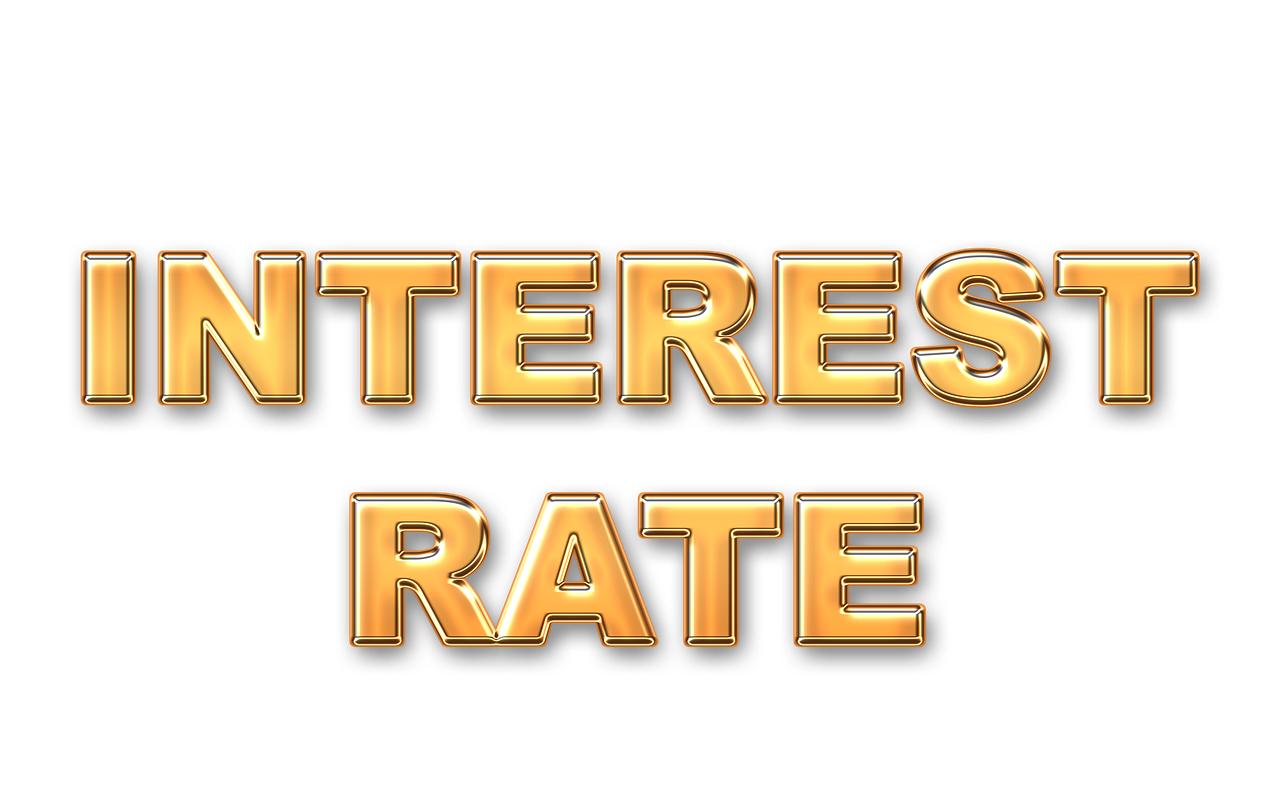
|
IN BRIEF
|
Understanding bounce rate is essential for evaluating your website’s performance. This metric indicates the percentage of visitors who arrive on your site and leave without engaging further, such as clicking links or navigating to additional pages. A high bounce rate can signal that your content isn’t resonating with your audience or that there are issues with user experience. By analyzing and improving bounce rate, you can gain valuable insights into visitor behavior, enabling you to enhance overall engagement and drive better results for your online presence.

Understanding Bounce Rate: Significance and Strategies
The bounce rate is a crucial metric in web analytics that measures the percentage of visitors leaving a webpage without any interaction, such as clicking on links or engaging with content. This metric provides valuable insights into the effectiveness of a website in retaining users’ attention. A high bounce rate (typically above 50%) can indicate that visitors are not finding the content relevant or engaging, while a low rate suggests that users are exploring further and interacting with the site’s offerings.
For example, a bounce rate of around 30% to 50% is often considered good, as it means that a significant portion of users is engaging with more than one page. On the other hand, if a site has a bounce rate exceeding 70%, it may be time to re-evaluate user experience factors like page speed, content relevancy, or navigation ease. Strategies to improve bounce rates include optimizing mobile responsiveness, enhancing the user experience, ensuring high-quality content, and improving site speed. By focusing on these areas, businesses can create a more engaging experience for their users, ultimately leading to better retention and conversion rates.

Understanding Bounce Rate and Its Impact on Your Website
The bounce rate is a crucial metric that indicates the percentage of visitors who enter a website and leave without engaging further, such as clicking on links or filling out forms. A high bounce rate can signal a lack of user interest or dissatisfaction with the page’s content, while a lower rate typically indicates that visitors find the site engaging and useful. As per industry standards, an average bounce rate ranges between 41% to 55%, while rates over 70% are considered high and potentially concerning for website performance.
To improve bounce rates, one must focus on enhancing the overall user experience. High-loading speeds significantly impact user retention; for instance, if a page takes longer than three seconds to load, the likelihood of a visitor bouncing increases. Utilizing strategies like optimizing images and employing browser caching can help in achieving quicker page loads. Furthermore, clear navigation and compelling content can captivate the audience, encouraging them to explore further. For more in-depth insights on enhancing site speed, consider exploring this resource.
Additionally, understanding users’ search intent is vital. Misalignment between what users seek and what your page offers can drastically increase bounce rates. Implementing effective content promotion strategies can attract the right audience and thus decrease misalignment. For further recommendations on content promotion, check out this article. Monitoring organic traffic can also refine how you approach SEO, which is crucial for lowering bounce rates. Businesses aiming to enhance their online visibility should not overlook the importance of organic search.
Ultimately, a thorough understanding of bounce rate is essential for improving user engagement on your website. As you analyze this metric, continuously adapt your strategies to not only attract visitors but also keep them engaged with valuable and relevant content.
Understanding Bounce Rate
What is Bounce Rate?
Bounce rate is a crucial metric that measures the percentage of visitors who arrive at a webpage and then leave without engaging further. This means that they do not take actions like clicking on links, filling out forms, or navigating to additional pages. Typically, a session lasting less than 10 seconds is deemed unengaged.
Understanding this metric is vital for assessing your website’s effectiveness in capturing and retaining visitors’ interest. A high bounce rate could indicate issues such as irrelevant content, poor user experience, or navigational challenges. For instance, if a visitor lands on a landing page that doesn’t meet their expectations, they are likely to leave immediately.
- Analyze your site’s content relevance to your target audience.
- Improve page load speed, as delays can increase bounce rates significantly. Learn more about this here.
- Optimize user experience with clear navigational paths and mobile optimization strategies; read about it here.
- Utilize compelling calls-to-action (CTAs) to encourage users to explore further.
These elements contribute significantly to reducing your bounce rate. Testing different strategies and observing their impact on user engagement can offer insights into what works best for your audience.

Understanding Bounce Rate and Its Importance
Bounce rate is a crucial metric that indicates the percentage of visitors to your website who leave after viewing only one page, without engaging further. A high bounce rate may suggest that the content isn’t resonating with your audience, or that users are unable to find what they are seeking quickly enough. This percentage is particularly telling if a session lasts less than 10 seconds, highlighting a lack of engagement.
A good bounce rate typically falls between 26% and 40%, while rates from 41% to 55% are considered average. Anything above 55% may indicate potential issues within the website’s user experience or content quality. Understanding where your bounce rate stands allows you to refine your approach, adapt content effectively, and ultimately enhance user engagement.
By directly addressing the causes of a high bounce rate, such as content relevance, site navigation, and loading speed, businesses can implement strategies to keep visitors interacting with their sites. Techniques to lower bounce rates include improving the page speed, optimizing for mobile devices, and enhancing the overall user experience. Highlighting calls to action and ensuring your content answers visitor inquiries can also lead to lower bounce rates.

Bounce rate is a critical metric that reflects how visitors interact with your website. It is defined as the percentage of users who leave after viewing only one page without engaging further. A high bounce rate indicates that visitors are not finding what they are looking for or are not enticed to explore more of your content, which can negatively impact your site’s performance.
Understanding what constitutes a good bounce rate is vital for any online business. Generally, a bounce rate below 30% is considered excellent, whereas rates above 50% may signal underlying issues that need addressing. It’s essential to identify factors contributing to this metric, such as page speed, content relevance, and overall user experience.
Improving your bounce rate involves various strategies, from optimizing your web design to enhancing the quality of your content. Engaging visitors with clear calls to action and ensuring your site is mobile-friendly can significantly reduce bounce rates. By addressing these elements, you can drive better engagement and ultimately enhance your website’s overall effectiveness.
